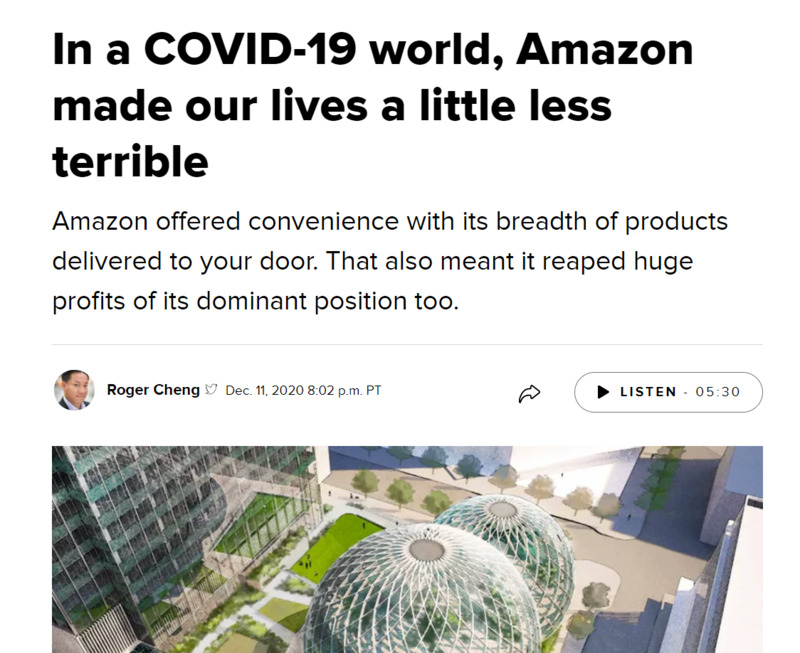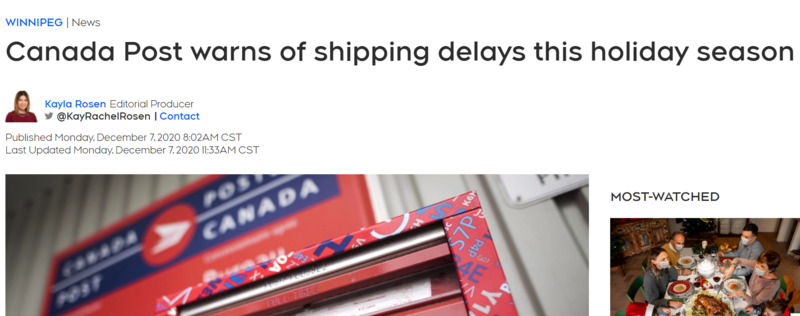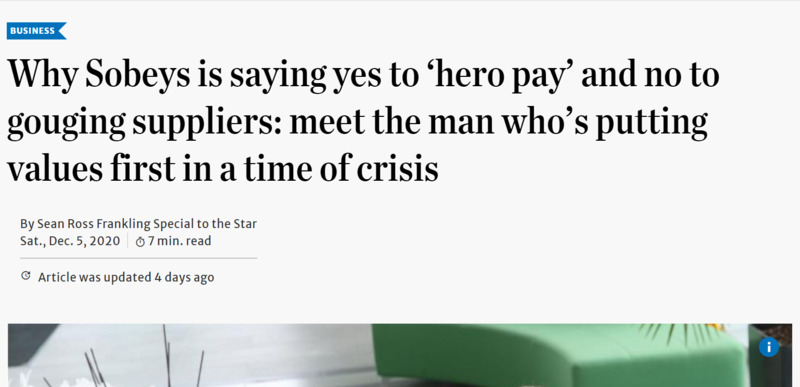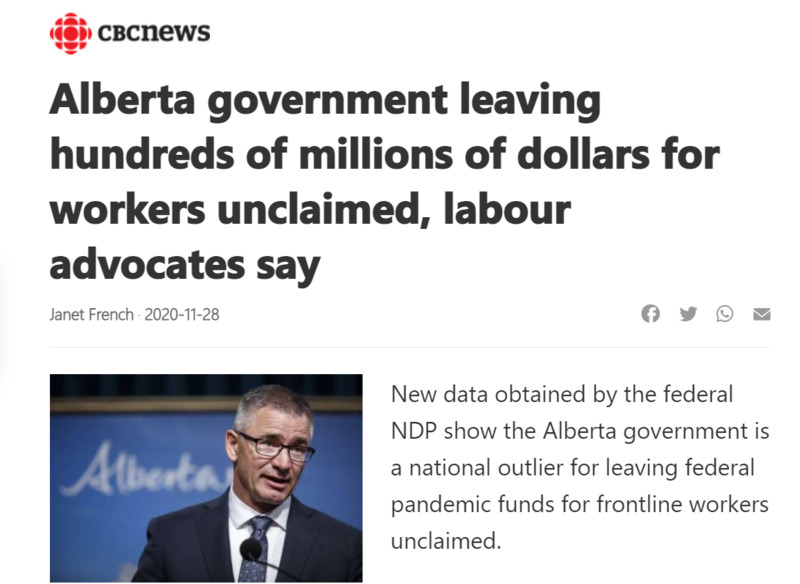Consumption
Bare Necessities and Bare Shelves
Consumer demand rose alongside the stress of keeping industry alive. “Panic buyers” hoarded toilet paper, disinfectants, masks, gloves, and food. Non-essential items needed for new hobbies such, as home renovation, art, and baking supplies, flew off shelves. These kinds of demands made delivery companies unexpectedly essential.
Essential Workers: Keeping us Safe and Fed
In order to keep the public fed and entertained, we needed workers to stock the shelves. Essential workers, such as cashiers, stock associates, truckers and delivery drivers, ensured a constant flow of products through both online retail and brick and mortar stores.

Most grocery store customers did not know what it was like to be working on the other side of the cash counter.
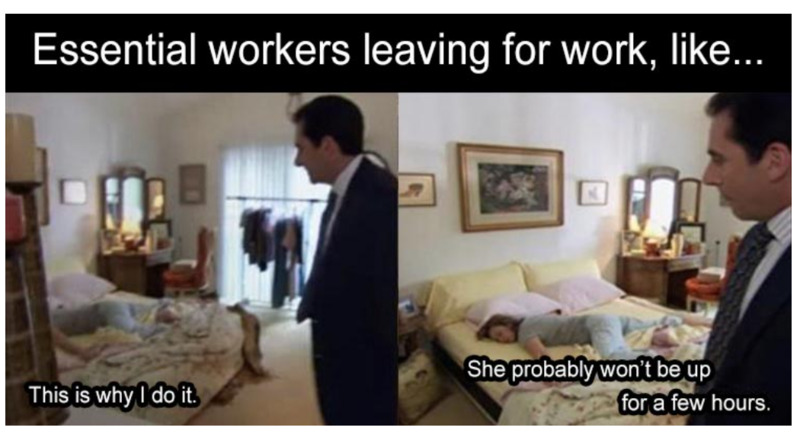
Many essential workers felt as though they were not understood or treated well by their employers or customers.


